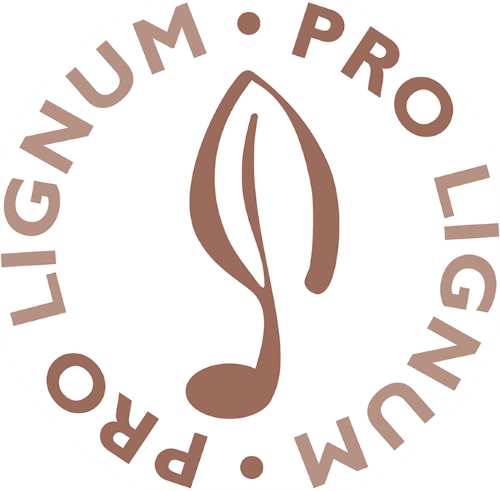Marjory Stephenson (1885-1948)
Reproduced by kind permission of the Royal Society of Chemistry - Ref: Marelene and Geoffrey Rayner-Canham, Chemistry in Britain, 35, 1, p.48 |
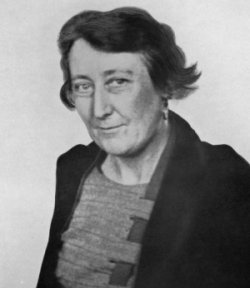
Of all of 'Hoppy's' (Frederick Gowland Hopkins) ladies, Marjory Stephenson is most deserving of recognition. The biochemical historian, Robert Kohler, showed that the field of bacterial biochemistry was, in large part, defined by Stephenson's work. (R. E. Kohler, Isis 1985, 76, 162). She was born on 24 January 1885 at Burwell, a village near Cambridge, and it was at Cambridge that she was to spend most of her life.
Stephenson attended Newnham from 1903 until 1906. After leaving Newnham she would have liked to have studied medicine, but lacking the financial resources, took teaching positions in domestic and household science for the next five years. Her first saviour was R. A. Plimmer at University College, London, who invited her in 1911 to teach advanced classes in the biochemistry of nutrition and to join his research group. As a result of her research on fat metabolism and on diabetes, Stephenson was awarded a Beit memorial fellowship in 1913. However, she relinquished the fellowship on the outbreak of war, running soup kitchens in France and then supervising a nurses' convalescent home in Salonika. She was awarded an MBE for her war work. In 1919, she took up her Beit fellowship again, moving to Cambridge to work with the greatest influence on her career, Hopkins. After the expiry of the fellowship, she worked on annual grants from the Medical Research Council until 1929 when she received a permanent post.
It was Hopkins who encouraged Stephenson to develop her own interests and she chose chemical microbiology. Stephenson was the first to separate a pure cell-free enzyme from bacteria - lactic dehydrogenase from E. coli. Next, with Leonard Stickland, she characterised the enzyme hydrogenase from bacteria, showing that bacteria used hydrogenase to produce methane and hydrogen sulphide. Next, she studied adaptive enzymes - enzymes that are not needed under normal conditions, but synthesised by bacteria in response to some external influence, such as a change in the growth medium. Her research work culminated in her book Bacterial metabolism, first published in 1929. The book was highly regarded, with a second edition published in 1938 and a third in 1949, with a paperback reprint appearing in 1966. Among the many honours for her role as a founder of bacterial chemistry was election in 1945 as one of the first two woman fellows of the Royal Society. She remained single, dying on 12 December 1948.
Obituary Notice in PDF
© Copyright The Royal Society of Chemistry, 1999. All rights reserved.
Events Calendar
Burwell Museum Cambridge Events Visit Ely
Local Area Events (Skiddle)


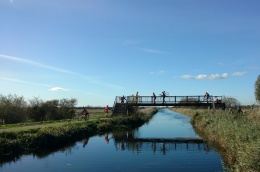


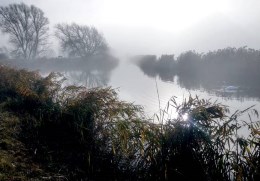
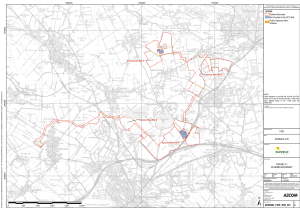
Latest Proposals
Project and
Current Status
(350 new homes)
Linden Homes
Web Site
Planning Docs
This Land -
Councillors
Express Concerns
This Land -
Council plays down
fears over loan
This Land Business Plan?
 Tennis court appeal rejected over bat concerns
Tennis court appeal rejected over bat concernsA planning inspector says there is "insufficient information" to show the plans would not harm bats.
 AI robots and plastic made from peas - science to watch in 2026
AI robots and plastic made from peas - science to watch in 2026Why scientists in Cambridge are "optimistic" they can improve our lives and the UK economy in 2026.
 Care home now good after improvements, says CQC
Care home now good after improvements, says CQCSt George's Court staff make "significant improvements" to the care of clients, say inspectors.
 Yellow warning of heavy snow for parts of the East
Yellow warning of heavy snow for parts of the EastParts of the East of England should expect heavy snow from Thursday night, the Met Office says.
 Burst water main disrupts dozens of village homes
Burst water main disrupts dozens of village homesCambridge Water engineers say it will take six hours to repair the affected main on Ermine Street.
 Dartmoor ponies to boost conservation at estate
Dartmoor ponies to boost conservation at estateFive ponies arrive at the estate and will graze land as part of the trust's conservation efforts.
 Beams installed on new viaduct for road extension
Beams installed on new viaduct for road extensionAerial pictures show work on a viaduct over the River Great Ouse as part of the A428 project.
 Team GBR skater joins crowds on frozen fen fields
Team GBR skater joins crowds on frozen fen fieldsPeople come from far and wide to try their blades on the shallow, frozen waters.
 Railway faces 'tricky' 2026 after quieter Christmas
Railway faces 'tricky' 2026 after quieter ChristmasA heritage line facing financial challenges says it has had fewer passengers over Christmas.
 'Men do talk' support group starts
'Men do talk' support group startsThe "men do talk" club aims to offer an informal, non-judgemental space to talk about mental health.
 Further city bus strikes a last resort, says union
Further city bus strikes a last resort, says unionUnite says talks have broken down again with operator and employer Stagecoach East.



















